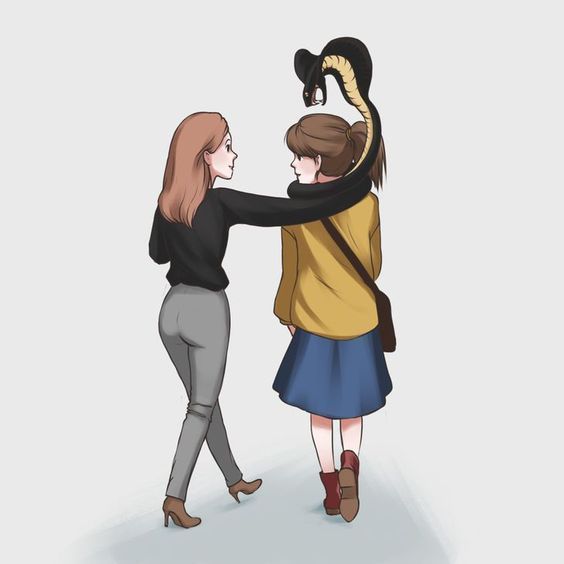Introduction:
Every teacher knows how important it is to foster a love of learning in their students. One of the best ways to do this is by introducing them to captivating stories that will transport them to new worlds, inspire their creativity, and touch their hearts. Audiobooks are an excellent tool for accomplishing this task, as they bring stories to life through talented narrators and masterful storytelling. Here is a list of 25 audiobooks that every teacher will love and enjoy sharing with their students.
- Harry Potter Series by J.K. Rowling (Narrated by Jim Dale/Stephen Fry)
- Wonder by R.J. Palacio (Narrated by Diana Steele, Nick Podehl, and Kate Rudd)
- The Chronicles of Narnia Series by C.S. Lewis (Narrated by Various Artists)
- Charlotte’s Web by E.B. White (Narrated by Meryl Streep)
- The Giver by Lois Lowry (Narrated by Ron Rifkin)
- A Wrinkle in Time by Madeleine L’Engle (Narrated by Hope Davis)
- Holes by Louis Sachar (Narrated by Kerry Beyer)
- Bridge to Terabithia by Katherine Paterson (Narrated by Robert Sean Leonard)
- Matilda by Roald Dahl (Narrated by Kate Winslet)
- To Kill a Mockingbird by Harper Lee (Narrated Sissy Spacek)
- The Phantom Tollbooth by Norton Juster (Narrated by Rainn Wilson)
- The Little Prince by Antoine de Saint-Exupery (Narrated Humphrey Bower)
- Anne of Green Gables Series by Lucy Maud Montgomery (Narrated By Various Artists)
- Alice’s Adventures in Wonderland & Through the Looking Glass By Lewis Carroll (Narrated By Scarlett Johansson/Jim Dale )
- A series of Unfortunate Events by Lemony Snicket (Narrated Tim Curry)
- The Secret Garden by Frances Hodgson Burnett (Narrated By Alison Larkin/Kara Shallenberg )
- James and the Giant Peach by Roald Dahl (Narrated by Jeremy Irons)
- Little Women by Louisa May Alcott (Narrated by Christina Ricci)
- The Outsiders by S.E. Hinton ( Narrated Jim Fyfe)
- The Absolutely True Diary of a Part-time Indian by Sherman Alexie (Narrated Sherman Alexie)
- The Graveyard Book by Neil Gaiman (Narrated By Neil Gaiman/Derek Jacobi)
- Number the Stars by Lois Lowry (Narrated By Blair Brown)
- Percy Jackson & The Olympians Series By Rick Riordan (Narrated By Jesse Bernstein)
- Frindle by Andrew Clements(Narrated Keith Nobbs)
- Coraline by Neil Gaiman (Narrated by Dawn French)
Conclusion:
These 25 audiobooks are sure to captivate and engage students while promoting a love of literature and storytelling. Teachers will enjoy sharing these stories with their students and may even find themselves personally moved and inspired as well! Give these audiobooks a try to experience the power of narrative, well-crafted characters, and engaging plotlines that have enthralled generations of readers!











